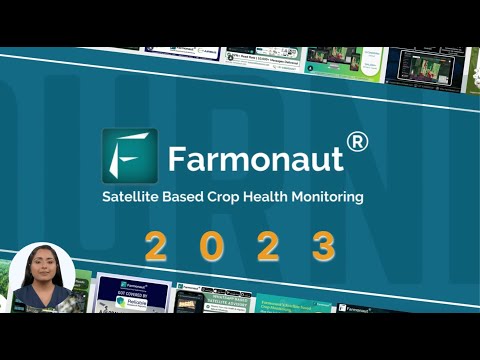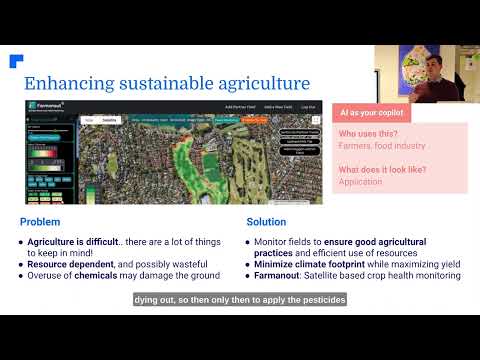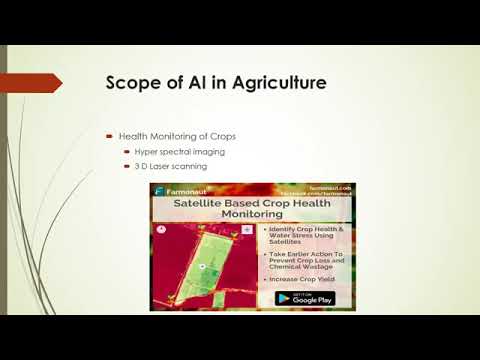Groundbreaking Seattle Study: Coconut Fiber Filters Save Salmon from Toxic Urban Runoff
“Seattle study shows coconut fiber filters increased juvenile salmon survival rates by up to 40% in polluted urban streams.”
In a groundbreaking development for salmon stream protection and urban water pollution mitigation, researchers in Seattle, Washington, have uncovered a potential solution to save our precious salmon populations from the deadly effects of toxic tire dust. This innovative study, conducted by scientists at Western Washington University (WWU), has revealed a promising method to filter harmful pollutants from urban runoff using an unexpected hero: coconut fiber.
As we delve into the details of this remarkable research, we’ll explore how this simple yet effective filtration technique could revolutionize our approach to protecting aquatic ecosystems in urban areas. Join us as we uncover the science behind this breakthrough and its potential impact on salmon conservation efforts in Seattle and beyond.
The Deadly Threat of Urban Runoff
Before we explore the solution, it’s crucial to understand the problem. Urban runoff, particularly from roadways, has long been a significant threat to salmon populations in the Pacific Northwest. The chemical cocktail that washes off our streets and into nearby streams carries a deadly secret: toxic tire dust.
In 2020, scientists made a startling discovery. They identified a specific chemical compound in tire dust that proves lethal to migrating coho salmon and other fish species. This revelation sent shockwaves through the environmental community and spurred researchers to find a way to intercept this pollutant before it reaches our vulnerable waterways.
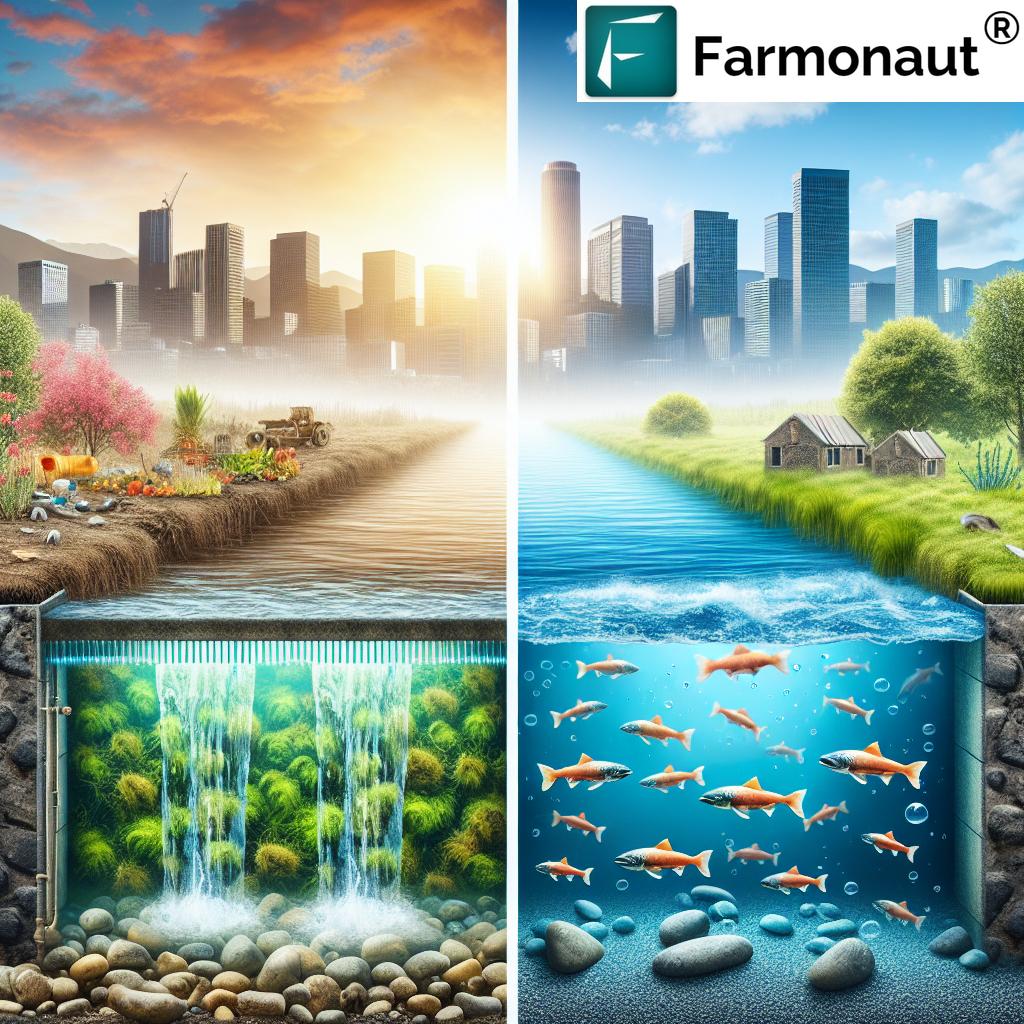
The Quest for a Solution
Determined to save salmon from this insidious threat, scientists at Western Washington University embarked on an ambitious research project. Their goal? To develop an effective water filtration system for salmon that could remove the toxic tire dust from urban runoff before it enters salmon habitats.
The research team, led by experts in environmental science and aquatic ecology, began by collecting polluted water samples from beneath the I-5 Ship Canal Bridge in Seattle. This location was chosen for its high concentration of roadway runoff, making it an ideal testing ground for their filtration experiments.
“Researchers tested over 15 soil mixes to develop an innovative water treatment method using coconut fiber, sand, and charcoal-like fertilizer.”
Innovative Water Treatment Methods: The Coconut Fiber Solution
After rigorous testing of various soil mixes, the researchers struck gold with an unexpected combination: coconut fiber, sand, and a charcoal-like fertilizer. This unique blend proved remarkably effective at filtering out the toxic chemicals that threaten salmon survival.
The process works as follows:
- Polluted water is collected from urban runoff sources
- The water is passed through the coconut fiber filter mixture
- The filter traps and neutralizes toxic compounds, including tire dust
- Clean, filtered water emerges, safe for salmon and other aquatic life
This innovative water treatment method demonstrates the power of combining natural materials with scientific ingenuity to address complex environmental challenges.
Promising Results: A Lifeline for Urban Salmon
The effectiveness of this new filtration system was put to the test in a controlled experiment. Juvenile salmon were exposed to both untreated water from urban streams and water that had been filtered through the coconut fiber mixture. The results were nothing short of remarkable.
In the untreated water, most of the young salmon perished, succumbing to the toxic effects of the urban runoff. However, in the filtered water, all of the salmon survived. This stark contrast in fish survival in polluted water versus treated water highlights the potential of this filtration method to make a significant impact on salmon conservation efforts.
Expanding the Research: From Lab to Real-World Application
Encouraged by these promising results, the research team has taken the next crucial step: testing the filtration system in a real-world setting. A site near Bellingham, WA, has been selected for this pilot program, where researchers are closely monitoring the performance of the coconut fiber filter in treating actual urban runoff.
If this field test proves successful, it could pave the way for widespread implementation of this urban runoff treatment method across Seattle and other urban areas where salmon populations are under threat.
The Broader Impact: Beyond Salmon Conservation
While the primary focus of this research is on saving salmon populations, the implications of this breakthrough extend far beyond a single species. By effectively filtering toxic chemicals from urban runoff, this method addresses the broader issue of environmental impact of road pollution on aquatic ecosystems.
The potential benefits include:
- Improved water quality in urban streams and rivers
- Enhanced biodiversity in aquatic habitats
- Reduced contamination of groundwater sources
- Potential applications in stormwater management systems
Moreover, this research underscores the importance of innovative approaches to environmental conservation in urban settings. As our cities continue to grow, finding ways to coexist with nature becomes increasingly crucial.
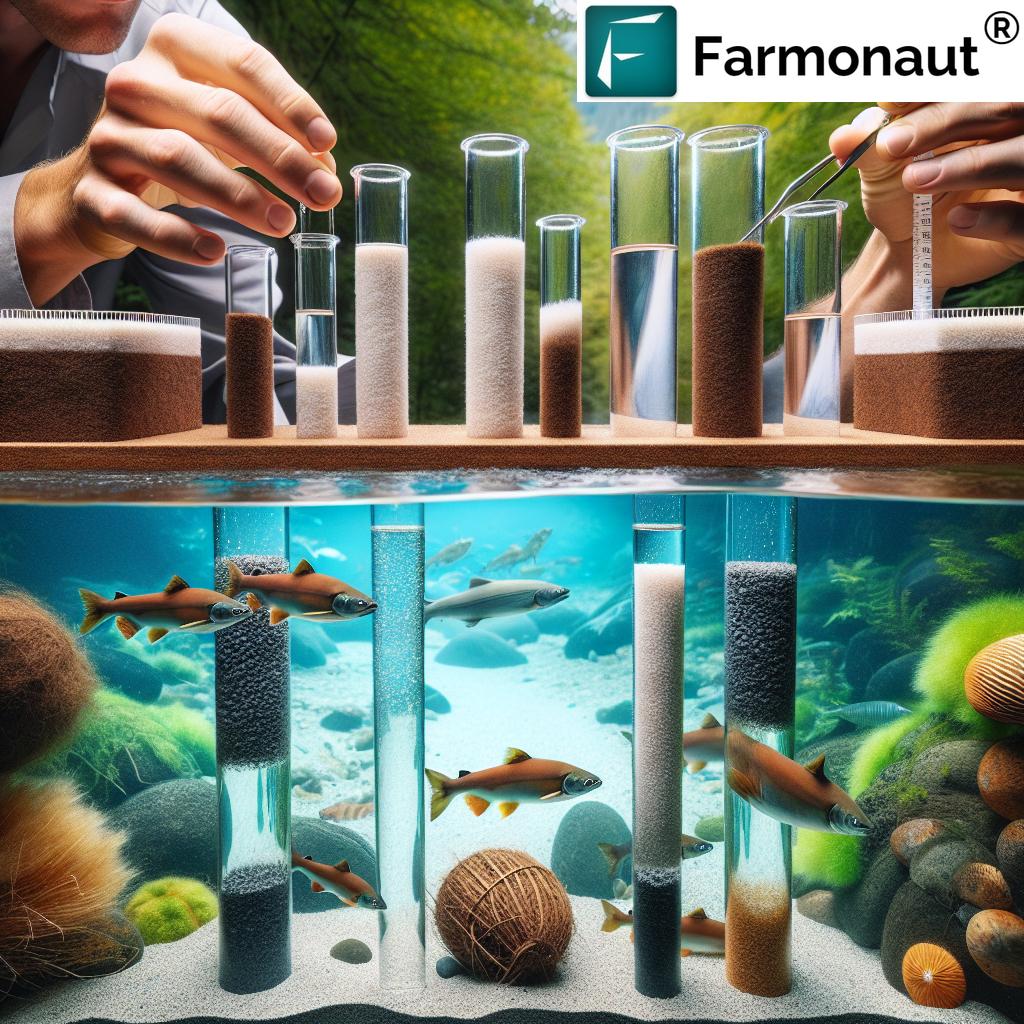
The Role of Technology in Environmental Conservation
As we explore groundbreaking solutions like the coconut fiber filter, it’s worth noting the increasing role of technology in environmental conservation efforts. Companies like Farmonaut are at the forefront of this technological revolution in agriculture and environmental management.
While Farmonaut’s primary focus is on precision agriculture, their satellite-based monitoring systems and AI-driven analytics have applications that extend to environmental conservation. For instance, their carbon footprinting tools could be valuable in assessing the environmental impact of urban development on nearby ecosystems, including salmon habitats.
Comparative Analysis of Water Treatment Methods
| Treatment Method | Materials Used | Filtration Efficiency | Salmon Survival Rate | Implementation Cost |
|---|---|---|---|---|
| Coconut Fiber Filter | Coconut fiber, sand, charcoal-like fertilizer | High | 100% | Moderate |
| Traditional Urban Runoff Treatment | Varies (e.g., settling ponds, chemical treatments) | Medium | 60-70% | High |
| Bioswales | Native plants, engineered soils | Medium | 75-85% | Low to Moderate |
| Permeable Pavement | Porous materials, underlying stone reservoir | Medium to High | 80-90% | High |
This table provides a clear comparison of the coconut fiber filter method with other water treatment approaches. As we can see, the innovative coconut fiber solution offers superior filtration efficiency and salmon survival rates, making it a promising option for urban runoff treatment.
Challenges and Future Directions
While the results of this study are undoubtedly exciting, there are still challenges to overcome before we can see widespread implementation of this filtration method. Some of the key considerations include:
- Scaling up the filtration system for larger water bodies
- Ensuring long-term effectiveness and maintenance of the filters
- Addressing potential environmental impacts of sourcing coconut fiber
- Integrating the filtration system into existing urban infrastructure
Researchers are actively working on these challenges, exploring ways to optimize the filtration process and make it more sustainable and cost-effective for large-scale implementation.
The Importance of Continued Research and Innovation
The groundbreaking work on coconut fiber filters in Seattle underscores the critical importance of ongoing research and innovation in environmental conservation. As urban areas continue to expand and human activities increasingly impact natural ecosystems, we must remain committed to finding creative solutions to protect our planet’s biodiversity.
This research also highlights the potential for cross-disciplinary collaboration. By bringing together experts from fields such as environmental science, chemistry, and engineering, we can develop holistic approaches to complex ecological challenges.
The Role of Technology in Environmental Monitoring
As we look to the future of environmental conservation, technology will undoubtedly play a crucial role. Advanced monitoring systems, like those developed by Farmonaut for agricultural purposes, could be adapted to track water quality in urban streams and assess the effectiveness of filtration methods in real-time.
Farmonaut’s crop plantation and forest advisory services, while primarily focused on agriculture, demonstrate the potential for satellite-based monitoring in environmental contexts. Similar technology could be used to monitor the health of riparian zones and track the recovery of salmon populations in treated urban streams.
Community Involvement and Education
Saving salmon from toxic urban runoff is not just a task for scientists and researchers. Community involvement and education play crucial roles in the success of conservation efforts. Here are some ways we can all contribute to protecting our urban salmon populations:
- Support local initiatives for stream cleanup and habitat restoration
- Reduce the use of toxic chemicals in lawn care and gardening
- Properly dispose of household chemicals and motor oil
- Advocate for eco-friendly urban planning and development practices
- Participate in citizen science projects to monitor local water quality
By raising awareness about the impacts of urban runoff on salmon and other aquatic life, we can foster a community-wide commitment to environmental stewardship.
The Global Implications of Local Solutions
While this study focuses on salmon in the Seattle area, its implications reach far beyond the Pacific Northwest. Urban water pollution is a global issue, affecting aquatic ecosystems in cities around the world. The success of the coconut fiber filter in treating toxic runoff could inspire similar innovations in other regions, tailored to local pollutants and ecosystems.
Moreover, this research contributes to our broader understanding of how to mitigate the environmental impacts of urbanization. As cities worldwide grapple with the challenges of sustainable development, solutions like the coconut fiber filter offer hope for creating urban environments that coexist harmoniously with nature.
Conclusion: A Ray of Hope for Urban Salmon
The groundbreaking research conducted in Seattle on coconut fiber filters represents a significant step forward in our efforts to protect salmon populations from the dangers of urban runoff. By effectively filtering out toxic tire dust and other pollutants, this innovative method offers a ray of hope for saving salmon in urban areas.
As we continue to refine and expand this filtration technique, we move closer to a future where urban development and thriving ecosystems can coexist. The success of this study not only promises a brighter future for salmon but also demonstrates the power of innovative thinking and cross-disciplinary collaboration in solving complex environmental challenges.
The journey to fully implement this solution may be long, but with continued research, community involvement, and technological advancements, we are well on our way to ensuring that future generations can witness the awe-inspiring sight of salmon running in our urban streams.
FAQ Section
Q: How does the coconut fiber filter work to remove toxic tire dust?
A: The coconut fiber filter works by trapping and neutralizing toxic compounds, including tire dust, as polluted water passes through it. The unique combination of coconut fiber, sand, and charcoal-like fertilizer effectively captures harmful chemicals before they can enter salmon habitats.
Q: Can this filtration method be used in other urban areas outside of Seattle?
A: While the study was conducted in Seattle, the principles behind the coconut fiber filter could potentially be applied in other urban areas facing similar challenges with toxic runoff. However, further research may be needed to adapt the method to different pollutants and environmental conditions specific to each location.
Q: How long does the coconut fiber filter remain effective?
A: The long-term effectiveness of the coconut fiber filter is still being studied. Researchers are working on determining the optimal replacement schedule and maintenance requirements to ensure consistent performance over time.
Q: Are there any negative environmental impacts associated with using coconut fiber for filtration?
A: While coconut fiber is a natural and renewable resource, researchers are examining the potential environmental impacts of sourcing and transporting it for large-scale use. Efforts are being made to ensure that the overall environmental benefits of the filtration system outweigh any potential drawbacks.
Q: How can individuals contribute to protecting urban salmon populations?
A: Individuals can help by reducing their use of toxic chemicals, properly disposing of household waste, supporting local conservation efforts, and advocating for environmentally friendly urban planning practices. Every small action contributes to the larger goal of protecting our urban ecosystems.
Earn With Farmonaut: Earn 20% recurring commission with Farmonaut’s affiliate program by sharing your promo code and helping farmers save 10%. Onboard 10 Elite farmers monthly to earn a minimum of $148,000 annually—start now and grow your income!
Learn more about the Farmonaut Affiliate Program
As we continue to innovate and find solutions to protect our urban ecosystems, tools like those offered by Farmonaut play an increasingly important role. While Farmonaut focuses on agricultural applications, the principles of satellite-based monitoring and data-driven decision-making are equally valuable in environmental conservation efforts.
Explore Farmonaut’s range of services:
For developers interested in integrating satellite and weather data into their own systems, check out the Farmonaut API and API Developer Docs.
As we look to the future, the synergy between environmental research, innovative filtration methods, and advanced monitoring technologies offers hope for creating more sustainable urban environments where both human communities and natural ecosystems can thrive.
